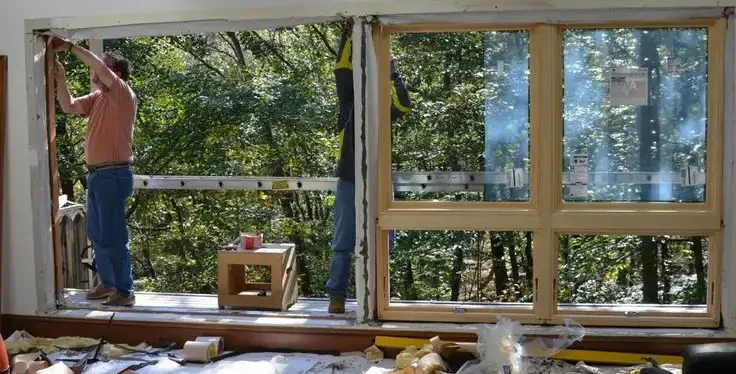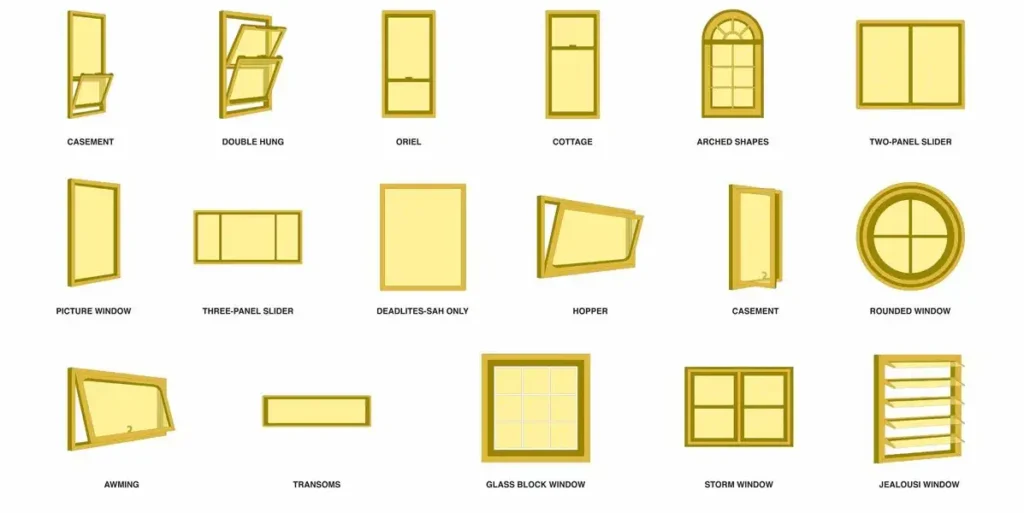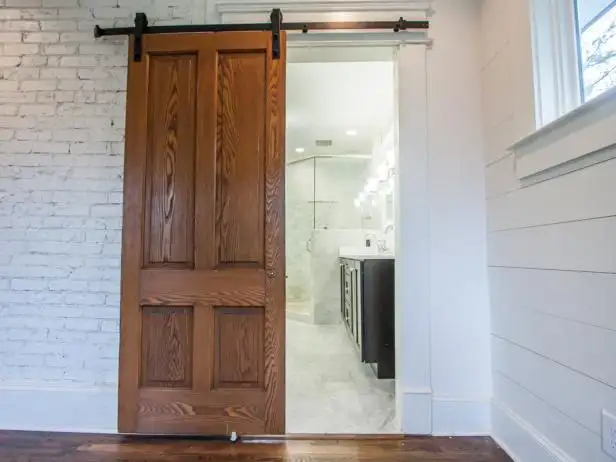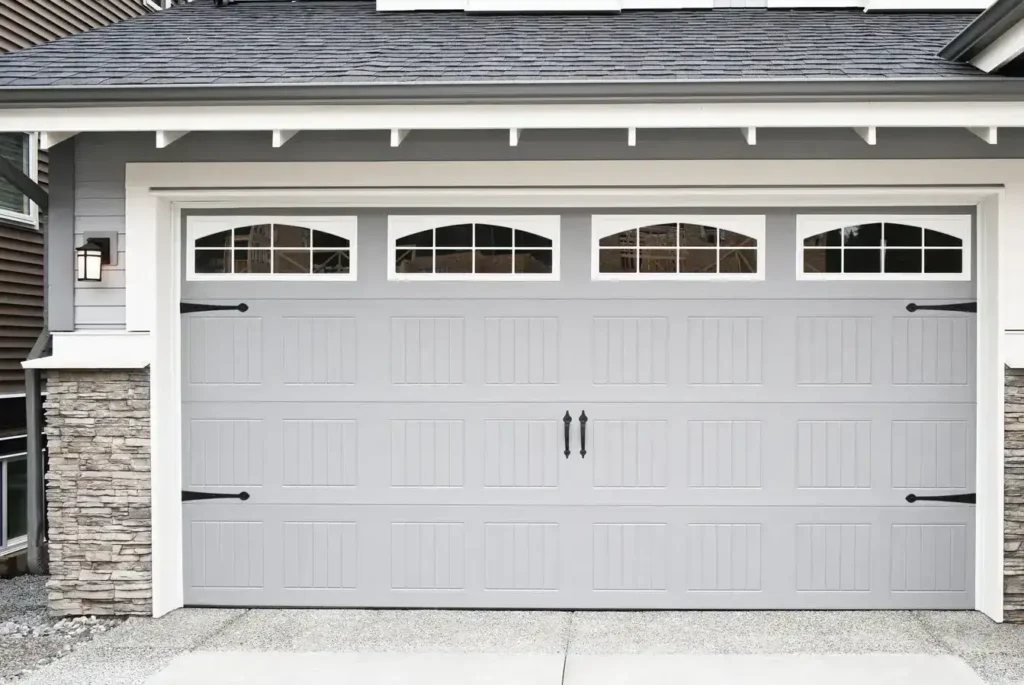Replacing your windows can boost your home’s energy efficiency, security, and appearance while reducing exterior noise. If you’re planning to replace your home windows while living in Florida-Miami, you’re at the right place.
This guide helps you to estimate the average cost to replace windows in Florida or Miami. We‘ll consider the costs of different materials used in windows. We’ll also explore various types of windows according to the type of building. You should also know the signs of window replacement.
So, let’s delve into the article and make an efficient budget for your window replacement project.
Average Cost To Replace Windows In Florida Including Miami

Replacing windows costs about $400 to $1,500 per window in Miami. This cost includes labor and material costs. On average, the cost to replace 25 windows will take about $10,000 – $25,000 in total.
However, this is just a rough estimate of a basic type of window. The cost of replacing windows can depend on different things. It includes factors like material, size, type of windows, type of building, and labor cost. Some windows with special features, like double panes or custom designs, may cost more. It’s important to get quotes from different contractors to make an appropriate budget according to your needs.
Number Of Windows |
Average Cost |
| 6 – 8 | $2,400 – $7,200 |
| 8 – 12 | $3,600 – $11,400 |
| 12 – 16 | $4,800 – $15,600 |
| 16 – 20 | $6,400 – $20,000 |
| 20 – 24 | $8,000 – $24,000 |
| 25 | $10,000 – $25,000 |
Window Replacement Cost By Material
There are different types of materials used in window replacement. Identify how various materials affect the cost of replacing windows.
Material |
Average Cost (Per Window) |
| Aluminum | $350 – $850 |
| Vinyl | $550 – $1,200 |
| Wood | $600 – $2,100 |
| Composite | $600 – $1,500 |
| Fiberglass | $550 – $1,500 |
Aluminum
Aluminum windows are durable and lightweight, making them a perfect choice for standard houses. They are also resistant to rust and weather damage. However, they’re not as energy-efficient as different materials.
Vinyl
Vinyl windows are famous because they are low-price and low maintenance. They provide good insulation and are available in numerous patterns and designs.
Wood
Wood windows provide a classic and elegant look. They offer excellent insulation. But they require more maintenance to prevent rot or warping. Wood windows are regularly more expensive than other options.
Composite
Composite windows are made by a combination of different substances, like wood fibers and resin. It gives a look of wood with less maintenance. They are strong and energy-efficient. However, they can be expensive.
Fiberglass
Fiberglass windows are particularly long-lasting and energy-efficient. They can handle intense weather conditions and require less maintenance.
Different Types of Windows

Picture
Picture windows are large, fixed windows that don’t open. They offer clear views and allow plenty of daylight. Since they have no shifting components, they’re energy-efficient. However, they don’t provide ventilation. This is their primary disadvantage compared to different windows.
Single-hung
Single-hung windows have two sashes, but only the bottom one moves. The top sash stays fixed. They are cheaper than double-hung windows and provide more airflow. Their simple layout makes them easy to clean and maintain.
Double-hung
Double-hung windows have two movable sashes. Both the top and bottom parts can open. This characteristic offers more ventilation. They are easy to clean. They are more flexible than single-hung windows but they are expensive.
Casement
Casement windows are hinged on the side and open outward like a door, usually with a crank. They provide more ventilation and seal tightly when closed, making them energy-efficient. Their design makes them a perfect choice for areas that need plenty of fresh air.
Sliding
Sliding windows have panels that slide horizontally on a track. They are easy to open and are perfect for large areas. They provide good ventilation but the seal is much less tight than other types of windows.
Skylight
Skylight windows are hooked up on the roof and bring natural light into areas like attics or bathrooms. Some skylights may be opened for ventilation, while others are fixed. They are wonderful for adding light but may be extra expensive to install and maintain.
Storm
Storm windows are installed outside existing windows to provide more protection and insulation. They help reduce drafts and improve energy efficiency, especially in older houses. Storm windows are low-priced and smooth to install.
Jalousie
Jalousie windows have horizontal glass slats that open and close together, just like blinds. They are excellent for ventilation in moderate climates. But they are not very energy-efficient or secure. These home windows are frequently utilized in sunrooms or porches.
Hopper
Hopper windows open inward from the top and are generally used in basements. Their design offers good airflow and a good seal when closed. They are smaller than maximum home windows. However, they may be ideal for areas with limited space.
Egress
Egress windows are designed for safety and may serve as an emergency exit. They are commonly installed in basements or bedrooms. Egress windows are larger than regular windows. Their length has to meet precise construction codes to ensure safe exit in an emergency.
Window Replacement By Type
Window Type |
Per Window Cost |
| Picture | $400 – $1,200 |
| Single-hung | $300 – $600 |
| Double-hung | $450 – $950 |
| Casement | $400 – $1,000 |
| Sliding | $500 – $1,200 |
| Skylight | $1,000 – $3,000 |
| Storm | $150 – $300 |
| Jalousie | $300 – $700 |
| Hopper | $250 – $500 |
| Egress | $500 – $1,500 |
Signs Your Windows Need Replacement
Here are some signs and symptoms that your home windows may need replacement:
- Drafts: You feel air coming in, even when the windows are closed.
- Condensation: Fog or moisture occurs between the window panes.
- Difficulty Opening: The windows are difficult to open or close.
- High Energy Bills: Your heating or cooling costs are increasing.
- Visible Damage: There are cracks, chips, or broken glass.
- Noise: You feel too much outside noise regardless of the windows closed.
- Fading Furniture: Sunlight is fading your furniture or carpets due to the fact your home windows don’t block UV rays properly sufficiently.
Additional Considerations
Here are some additional things to consider when replacing windows:
- Energy Efficiency: Look for energy-efficient windows to save on heating and cooling bills.
- Material: Choose the right material (vinyl, wood, aluminum) based on your budget and needs.
- Style: Pick a window style that matches your home’s design.
- Warranty: Check if the windows come with a warranty for protection against defects.
- Professional Installation: Hire a skilled installer to ensure the windows are fitted correctly.
- Budget: Make sure the replacement fits within your budget, including labor costs.
Conclusion
On average, the cost to replace windows in Florida or Miami is $400 to $1,500 per window. This cost includes labor and material costs. However, this is just a rough estimate of a basic type of window. The total cost depends on different factors. These include material used, type of windows, size of space, and labor costs. It is recommended to consult multiple contractors for planning a budget. They will help you plan according to your specific requirements.


